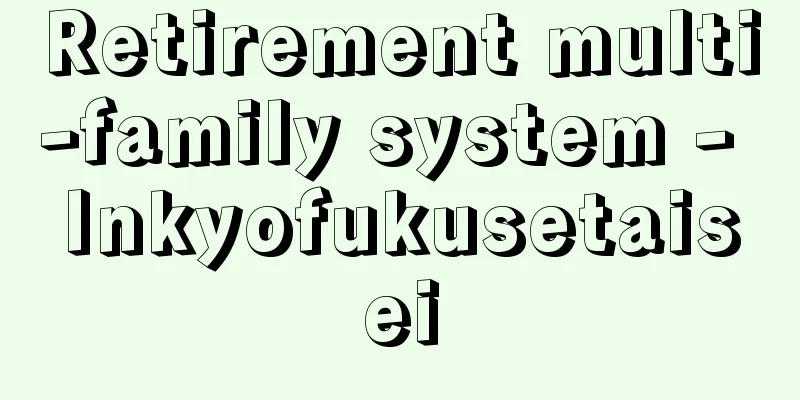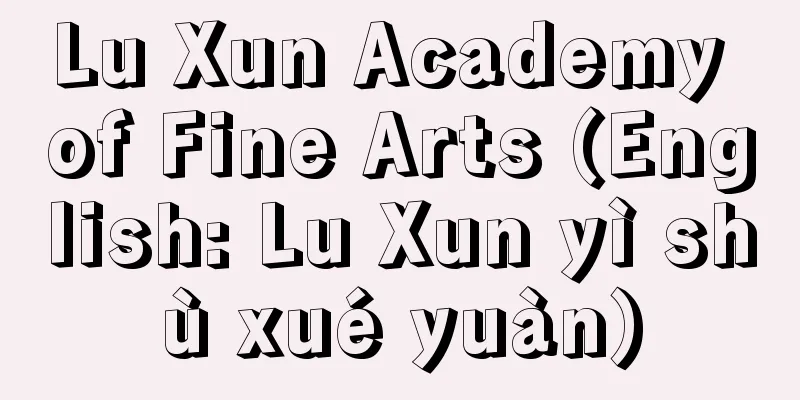Educational assistance - Kyoikufujo
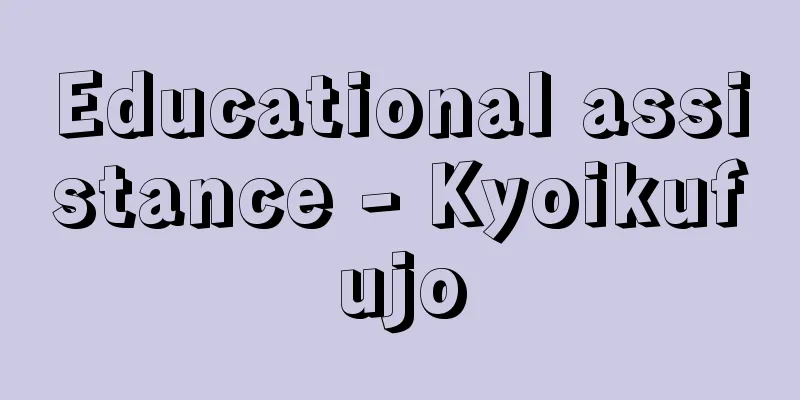
|
Educational assistance is one of eight types of protection measures (living, education, housing, medical care, nursing care, childbirth, livelihood, and funerals) provided under the Public Assistance Act to those who are unable to maintain a minimum standard of living due to poverty. Educational assistance is provided to wards, parents, guardians of minors, school principals, etc. for textbooks, school supplies, commuting items, school lunches, and other items necessary for compulsory education, in principle in the form of monetary grants, or in kind when this is impossible or inappropriate. Specifically, the standard amount set by the Minister of Health, Labor and Welfare for each fiscal year is paid (2,150 yen per month for elementary school students and 4,160 yen per month for junior high school students in fiscal 1999; 2,150 yen per month for elementary school students and 4,180 yen per month for junior high school students in fiscal 2009). For high school students, 5,300 yen per month is paid as part of livelihood assistance (school expenses) as one of the eight types of protection measures mentioned above, and 2,560 yen per month for elementary school students, 4,330 yen per month for junior high school students, and 5,010 yen per month for high school students as learning support expenses. Monthly class fees are paid at 620 yen for elementary school students and 740 yen for junior high school students. A maximum of 39,500 yen is paid for elementary school students, 46,100 yen for junior high school students, and 61,400 yen for high school students as reserve funds for elementary, junior high, and high school entrance are paid. Temporary items such as textbook expenses, transportation expenses, summer facility participation fees, and school supplies expenses in the event of a disaster are paid based on the actual costs of each item. [Matsui Kazumaro] [Reference item] |Source: Shogakukan Encyclopedia Nipponica About Encyclopedia Nipponica Information | Legend |
|
教育扶助は、困窮のため最低限度の生活を維持することができない者に対して、生活保護法に基づいて行われる8種類の保護措置(生活、教育、住宅、医療、介護、出産、生業、葬祭)の一つである。 教育扶助は、義務教育に伴って必要な教科書、学用品、通学用品、学校給食その他について、原則的には金銭給付の方法により、それが不可能もしくは不適当な場合には現物給付の方法により、被保護者、親権者、未成年後見人、学校長などに対して行われる。 具体的には、年度ごとに厚生労働大臣の定める基準額(平成11年度月額、小学生2150円、中学生4160円。平成21年度月額、小学生2150円、中学生4180円)が給付される。なお、高校生に対しては、前記8種の保護措置の一つとして生業扶助(就学費用)のなかで月額5300円が、また、学習支援費として、月額小学生2560円、中学生4330円、高校生5010円が給付される。学級費月額としては小学生620円、中学生740円が給付される。小中高校入学時の準備金としては、小学生3万9500円、中学生4万6100円、高校生6万1400円を上限として支給される。教材費、交通費、および夏期施設参加費、災害時学用品費など臨時的給付費目は、それぞれの必要実費を勘案して給付される。 [松井一麿] [参照項目] |出典 小学館 日本大百科全書(ニッポニカ)日本大百科全書(ニッポニカ)について 情報 | 凡例 |
<<: Educational method - Kyoikuho
Recommend
Isema moon jellyfish - Isema moon jellyfish
...In China, it is called the peach blossom fish ...
Women's New Year
While the Great New Year, centered on New Year'...
Competitive sports
…If we look at an old British “Sports Dictionary ...
Tonami [city] - Tonami
A city in the center of the Tonami Plain in wester...
Ghost marriage
A type of marriage in which, when a man dies with...
mechanical impedance
…The total impedance of a series connection is th...
cutch
…All species are widely distributed along the tro...
Andrzejewski
Polish novelist born in Warsaw. He wrote many work...
Wang Yuanlu - Ouenroku
...The largest of the four cave groups in the vic...
Morning glory - Ipomoea nil (Pharbitis nil); morning glory
It is an annual plant belonging to the Convolvulac...
Amomum xanthioides (English name) Amomum xanthioides
…【Hoshikawa Kiyochika】. … *Some of the terminolog...
Isooctane
An aliphatic saturated hydrocarbon (alkane). It i...
Dried malt
Malt is dried and stored. The enzyme activity is s...
Sand lance and soy sauce
...Originally, the purpose of salting was to eat ...
Aiguille
… A narrow, steep mountain ridge with deep valley...



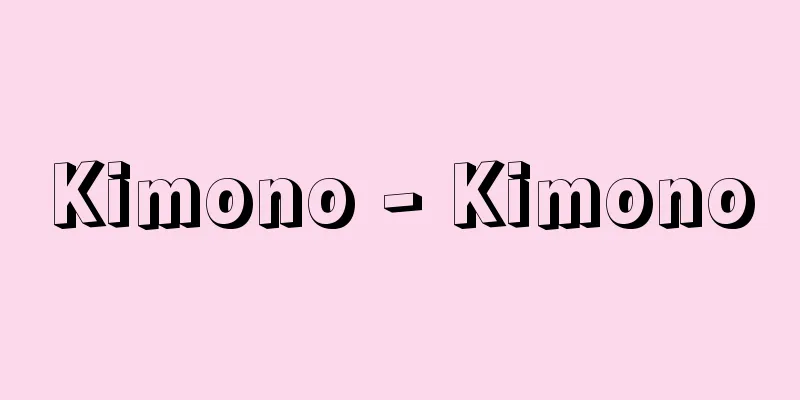
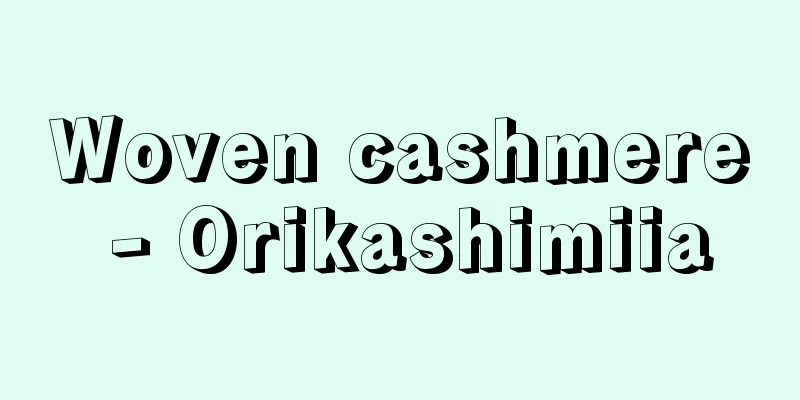
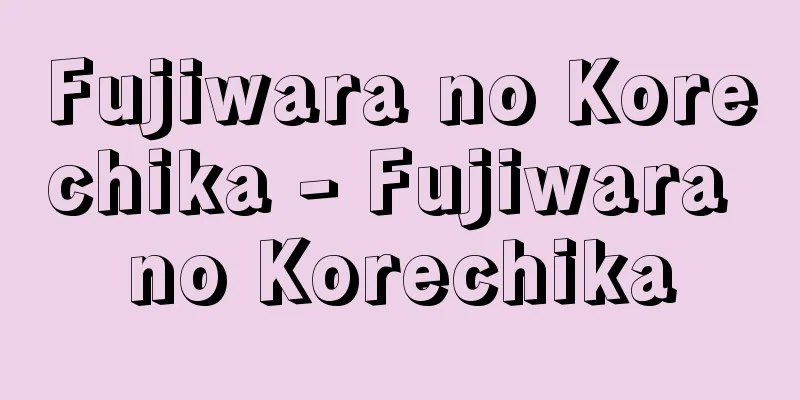
![Sawara [town] - Sawara](/upload/images/67cbb1446c751.webp)
